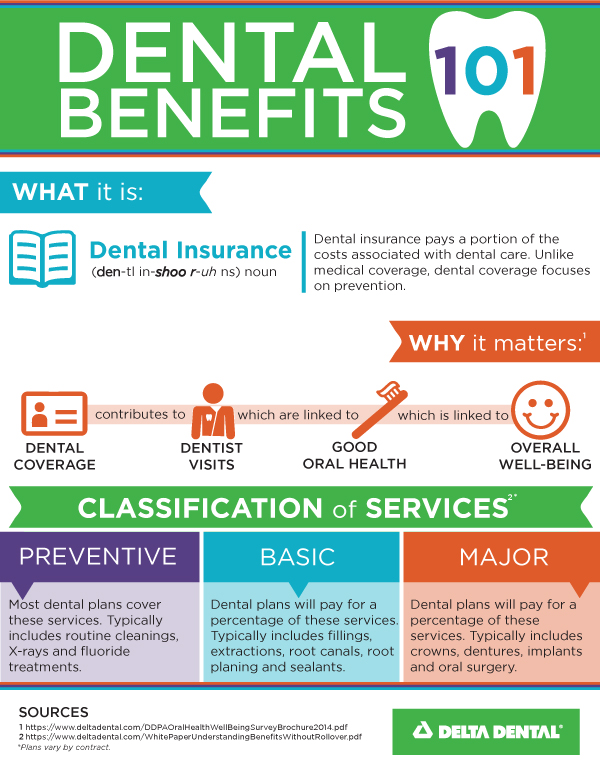Prepare Yourself For Unforeseen Dental Emergencies By Having The Ability To Identify The Signs And Symptoms Of Injury And Comprehending The Ideal Time To Seek Instant Medical Focus
Prepare Yourself For Unforeseen Dental Emergencies By Having The Ability To Identify The Signs And Symptoms Of Injury And Comprehending The Ideal Time To Seek Instant Medical Focus
Blog Article
visit the up coming article Written By-Lowery Mccall
If you feel a sudden jolt of pain or notice a tooth injury, it can be upsetting. Yet how do you establish if it's a dental emergency situation that needs instant attention? Comprehending the important indications and recognizing when to look for assistance can make all the difference in preserving your dental wellness. Knowing when to act quickly can indicate the distinction in between a quick fix and much more considerable treatment.
Common Kind Of Dental Trauma
What're the common sorts of oral trauma that you should know?
Mishaps can happen, causing different sorts of oral injuries. One typical kind of dental injury is a fractured tooth. This can take place from attacking down on something hard or experiencing a strike to the face.
Another kind is a busted tooth, where a part of the tooth can chip off. In addition, you might experience a knocked-out tooth, which can occur during sporting activities or falls. It's important to take care of the tooth meticulously and seek prompt oral attention.
Oral trauma can also include a tooth that has been pushed out of setting or loosened up as a result of an injury. This type of injury needs prompt therapy to save the tooth.
Finally, soft tissue injuries in the mouth, such as cuts, can likewise take place from crashes. Learning about these common kinds of oral trauma can assist you act promptly and appropriately in case of an emergency.
Indications of Oral Emergencies
Identifying the indications of oral emergency situations is critical for punctual action and proper therapy. If you experience serious tooth discomfort that's constant and throbbing, it can suggest a hidden problem that needs immediate interest.
Swelling in https://www.globenewswire.com/en/news-release/2023/03/22/2632399/0/en/Dental-Implants-Market-Size-to-Hit-USD-7-14-Billion-by-2030-at-7-3-CAGR-Report-by-Market-Research-Future-MRFR.html , face, or jaw can additionally be a sign of an oral emergency, especially if it's accompanied by pain or high temperature. Any type of sort of trauma to the mouth leading to a split, broken, or knocked-out tooth should be treated as an emergency situation to prevent additional damages and prospective infection.
Hemorrhaging from the mouth that doesn't quit after applying stress for a couple of minutes is an additional red flag that you should seek emergency situation dental treatment. Furthermore, if you observe any kind of indications of infection such as pus, a foul preference in your mouth, or a high temperature, it's vital to see a dental practitioner immediately.
Disregarding these indicators could result in extra significant issues, so it's essential to act quickly when faced with a potential oral emergency situation.
Importance of Immediate Therapy
Motivate action and immediate therapy are vital in resolving dental emergency situations to stop more complications and ensure optimal outcomes for your oral wellness.
When faced with an oral emergency, such as a knocked-out tooth or extreme tooth pain, looking for prompt therapy can make a significant difference in saving your tooth and minimizing discomfort. Postponing treatment can result in infection, increased pain, and also long-term damage to your teeth and gum tissues.
By looking for emergency dental care immediately, you raise the chances of successful treatment and reconstruction. Dentists have the necessary abilities and tools to address emergencies successfully, minimizing the risk of long-lasting consequences.
Furthermore, immediate therapy can aid handle pain and discomfort, allowing you to resume your daily tasks without disturbance.
Conclusion
Finally, recognizing oral injury and understanding when to seek first aid is vital for maintaining oral health.
By identifying common types of dental injuries and the indications of oral emergency situations, you can make sure timely care to protect against further damage and complications.
Keep in mind, seeking prompt therapy can conserve teeth, minimize discomfort, and enhance the possibilities of successful healing.
Do not be reluctant to look for help from an oral specialist if you experience any type of signs of oral injury.
